Korean Red Pine Tree
- November 15, 2024
- 0 comment
The Korean Red Pine Tree (scientific name: Pinus densiflora) is a hardy and resilient tree species known for its ecological importance and striking beauty. Often found in East Asia, particularly in Korea, Japan, and parts of China, this tree plays a significant role in local ecosystems, contributing to soil stabilization, supporting biodiversity, and enhancing natural landscapes.
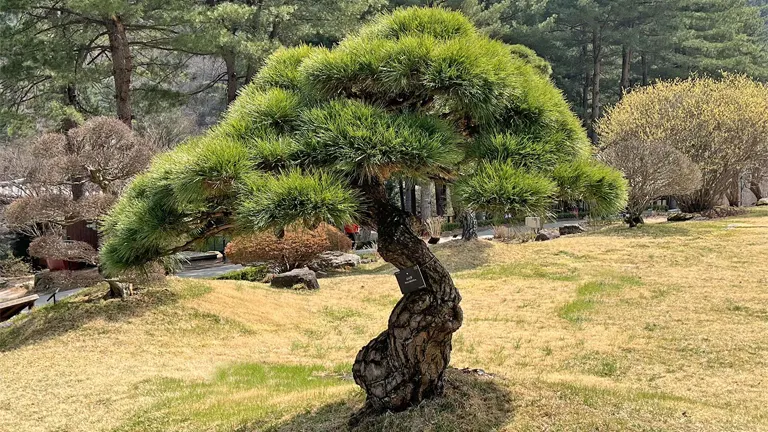
Part of the Pine family (Pinaceae), the Korean Red Pine is recognized for its red bark, lush evergreen needles, and adaptability to various climates, making it a key species for conservation and habitat restoration.
What Is a Korean Red Pine Tree?
The Korean Red Pine Tree (Pinus densiflora) is a coniferous tree known for its characteristic red bark and clusters of long, slender needles. It belongs to the Pinaceae family and is classified within the Pinus genus, which encompasses various pine species. These trees typically grow to about 30 meters (98 feet) in height, with a natural lifespan that can extend beyond 150 years. Their bark changes to a reddish color as they mature, making them a striking presence in their natural habitats.
Interesting facts about the Korean Red Pine Tree include its beneficial role in improving soil health through its deep-root system, which helps prevent erosion. The tree is also known for its hardiness and resilience to varying environmental conditions, enabling it to thrive in both mountain regions and lower elevations.
Different Types of Korean Red Pine Tree Species
Though Pinus densiflora is the primary species known as the Korean Red Pine, there are variations in appearance and growth based on location and climate:
Pinus Densiflora Var. Densiflora
Common in Korea and Japan, this variant has a relatively uniform appearance with long needles and distinct red bark.
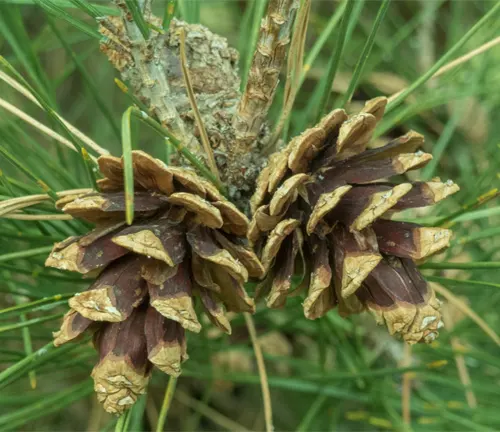
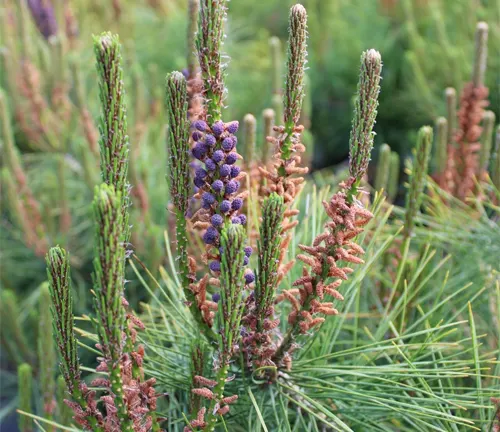
Pinus Densiflora Var. Umbraculifera
Often referred to as the “Tanyosho Pine,” this is a dwarf variety commonly used in ornamental gardening.
Each species or variant of the Korean Red Pine has its own unique characteristics, adapting to specific environmental conditions in East Asia. These trees contribute significantly to local ecosystems by offering habitats for wildlife and playing a part in the soil nutrient cycle.
Where Do Korean Red Pine Trees Grow?
The Korean Red Pine Tree is native to East Asia, predominantly found in Korea, Japan, and some regions of northeastern China. It thrives in well-drained soils and can tolerate a range of elevations, from sea level to mountainous regions.
These trees adapt well to diverse climates, from temperate to more challenging cold climates, making them a resilient species. They are particularly valued in their native habitats for their ability to stabilize soil on hillsides and mountainous areas, preventing erosion and contributing to overall forest health.
How to Grow and Care for a Korean Red Pine Tree
For those interested in cultivating the Korean Red Pine Tree, here are some tips:
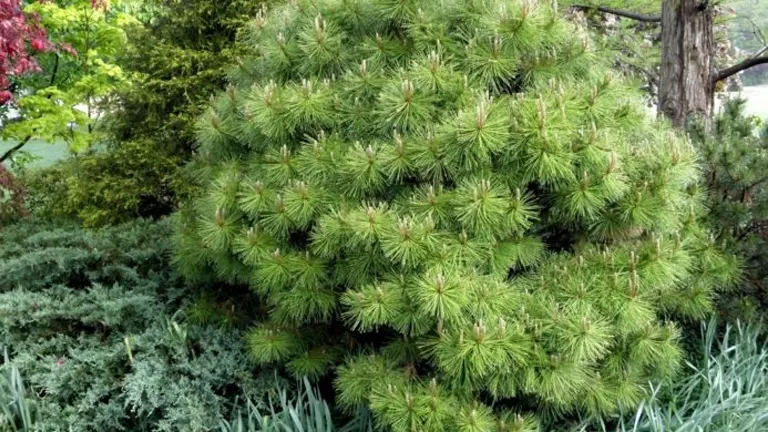
- Soil Requirements: Korean Red Pines prefer well-drained, slightly acidic soil. They can adapt to sandy or loamy soils but thrive best in well-drained soil types.
- Water Needs: Water young trees regularly to establish roots, but mature trees are relatively drought-tolerant and require less frequent watering.
- Sunlight: These trees need full sun to partial shade to grow healthily.
- Propagation: Korean Red Pines can be propagated by seed, though they require patience, as seeds can take several years to germinate fully.
- Maintenance: Pruning should be done selectively to maintain the shape and encourage healthy growth. Monitor for pests, such as pine needle blight or root rot, and treat as needed.
Ecological Benefits of the Korean Red Pine Tree
The Korean Red Pine Tree is essential for its ecosystem, providing numerous ecological benefits:

- Soil Stabilization: With deep roots, this tree prevents erosion on slopes and contributes to soil retention.
- Biodiversity Support: The tree offers habitat and shelter to various insects, birds, and small animals, supporting the local biodiversity.
- Carbon Sequestration: Like many trees, the Korean Red Pine helps sequester carbon, improving air quality in its environment.
Korean Red Pine Tree Flowering and Pollination
Though not widely known for flowering, the Korean Red Pine produces small, inconspicuous cones rather than large flowers. These cones typically mature over two years and play an essential role in the reproductive cycle of the tree. Pollination occurs through wind dispersion, allowing the tree to reproduce naturally in suitable habitats. While the tree’s cones do not directly attract animals for pollination, they play a role in spreading seeds, contributing to forest regeneration.
Is the Korean Red Pine Tree Drought-Tolerant?
The Korean Red Pine Tree has moderate drought tolerance once established. Its deep roots allow it to access water from lower soil layers, helping it survive in regions with limited rainfall. However, young trees need regular watering to establish a strong root system. This resilience makes it a suitable species for reforestation in areas with variable water availability.
Korean Red Pine Tree and Wildlife Interactions
The Korean Red Pine Tree provides food and shelter to various species. Birds often nest in its branches, and animals such as squirrels and insects may use its seeds and bark as food sources. Additionally, the needles offer shelter to insects, while the tree’s canopy provides shade to smaller plants and wildlife. These interactions highlight the tree’s symbiotic relationships within its ecosystem, making it a vital component of its habitat.
Conclusions
In summary, the Korean Red Pine Tree (Pinus densiflora) plays a vital role in supporting local ecosystems and maintaining soil stability. Its adaptability to different climates, contribution to biodiversity, and resilience to environmental changes make it an invaluable species. For those interested in conservation, reforestation, or simply adding a resilient and beautiful tree to their landscape, the Korean Red Pine represents a meaningful choice with long-term ecological benefits.
Frequently Asked Questions (FAQs)
- What is the Korean Red Pine Tree?
The Korean Red Pine Tree (Pinus densiflora) is a resilient coniferous tree native to East Asia, known for its red bark and clusters of long, slender needles. - Where does the Korean Red Pine Tree grow?
This tree is commonly found in Korea, Japan, and parts of northeastern China, thriving in various elevations and well-drained soils. - What are the benefits of planting Korean Red Pine Trees?
They help stabilize soil, support biodiversity, and contribute to carbon sequestration, making them essential for environmental health. - How do I care for a Korean Red Pine Tree?
Plant it in well-drained soil with full sun, water young trees regularly, and prune occasionally. Mature trees require minimal watering. - Is the Korean Red Pine Tree drought-tolerant?
Yes, once established, it has moderate drought tolerance due to its deep root system, though young trees need regular watering. - How does the Korean Red Pine Tree support wildlife?
It provides shelter and food for birds, insects, and small animals, creating an essential habitat within its ecosystem. - How does the Korean Red Pine Tree reproduce?
The tree reproduces through wind-pollinated cones, which mature over two years and help in natural seed dispersal. - Why is the Korean Red Pine Tree important to conservation?
Its role in preventing erosion, enhancing biodiversity, and supporting forest regeneration makes it valuable for conservation efforts.
We hope this guide has highlighted the importance of the Korean Red Pine Tree in our ecosystems. Have experiences or ideas on protecting this tree? Share your thoughts below and help others appreciate its role in conservation. Don’t forget to share this guide with others who value nature and biodiversity!

Edward Smith
Forestry AuthorWoodworking is about more than crafting; it's a harmonious connection with nature, mastering tools, and preserving our environment. I'm here to share my knowledge and experiences with you, forging a future where we can embrace wood's beauty and utility while safeguarding our forests' health and diversity.

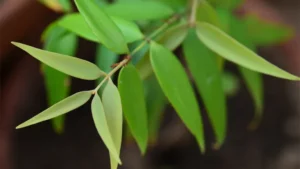
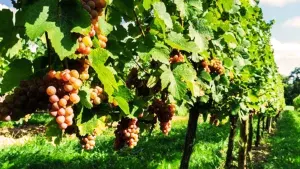
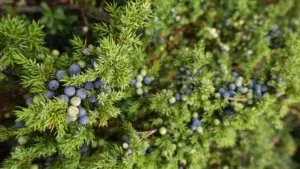


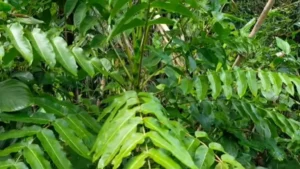
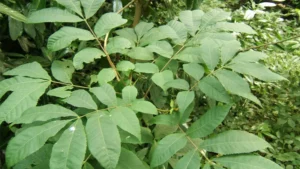
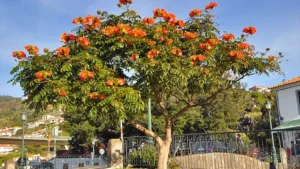
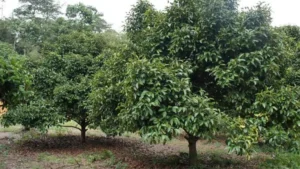
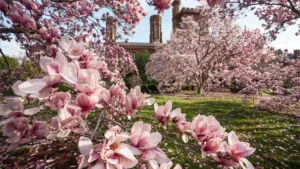
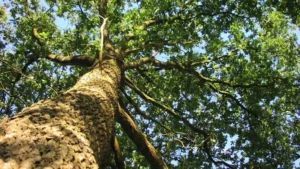
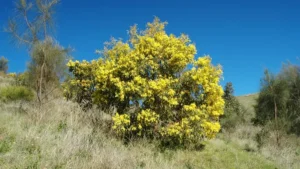
Leave your comment